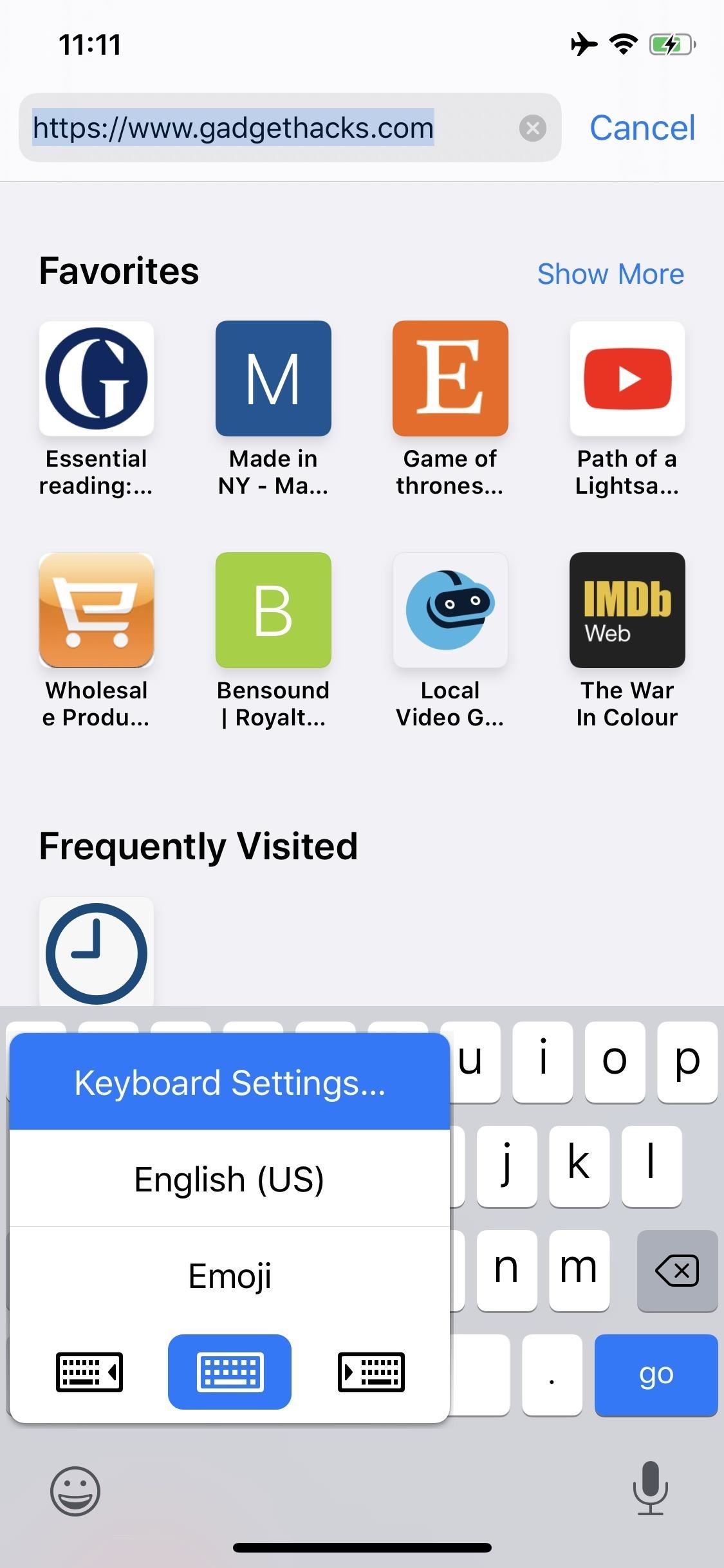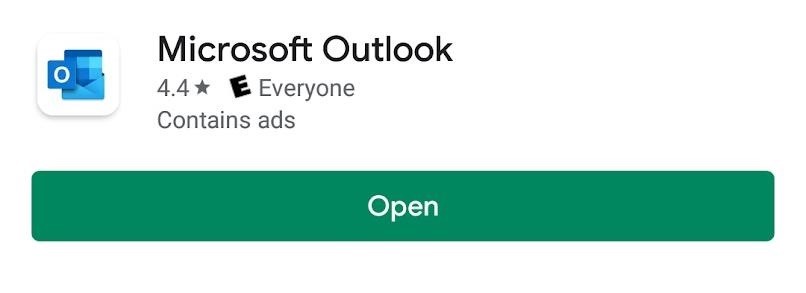The Java-enabled wireless world
Java will dominate the market for small, smart devices
I predict that by next year Java will be the major wireless development platform. Your Walkman, personal digital assistant (PDA), Internet, wallet, and favorite video game will reside in a box smaller than a portable phone. Today’s portable phone, with computing power equivalent to an Intel 386 microprocessor’s, will continue to obey Moore’s Law, doubling in power every 18 months. Java already provides the capabilities needed to write meaningful software applications on those devices. Those applications include games, investment portfolios, calendars, and other types of software realized from the imaginations of creative developers. Our future world will be connected to wireless devices running Java applets.
Any application that can run on a PC can potentially run on a portable phone. Java applets are the perfect way to run content-rich applications, since they offer a way of delivering more information and more control of the data sent to your handheld device. These applets are easy to create, install, upgrade, modify, and run across different platforms. Many wireless devices will run Java simply because Java already has the appropriate features, and no viable alternative is in sight. NTT Docomo (a technology spin-off of Nippon Telephone and Telegraph) and Motorola are looking at Java portable phones as the next service delivery platform. Internet software vendors now have the opportunity to write dynamic, content-rich applications on consumer appliances such as portable phones or PDAs. In the coming years, many applications now written for the PC will be written for consumer appliances. Java applets will control your air conditioner, turn on your house lights, and start your microwave. Although there are now screen-size and bandwidth limitations (with bandwidth currently low at 19.2 KB), technological advances will provide both greater screen size and bandwidth.
Sun’s KVM
The K Virtual Machine (KVM) is the center of Java 2 Platform, Micro Edition (J2ME), an integral piece of Java 2 that was developed for wireless and other consumer electronic devices. Designed and written from scratch by Sun engineers, the KVM’s mere 50 KB makes it much smaller than the Palm and Windows CE platforms and more attractive to developers writing for wireless appliances. The KVM is a platform for smaller handheld devices — such as portable phones, pagers, PDAs, set-top boxes, and small-payment terminals — whose battery life and memory are limited.
In designing the KVM, speed and a small footprint were project imperatives. In creating a smaller footprint for the core API and making it more scalable, Sun engineers optimized the J2ME core API by removing class dependencies when possible and decreasing class library sizes. Other considerations were:
- Portability without the typical Java multiplatform design
- Writing the code in C to take advantage of low-level efficiency
- Handle-free garbage collection
- Use of wrappers and native functions to call host system functions rather than Java native interfaces
- No support for AWT or Swing
- Optimization that addresses performance and space requirements
- Support for Jini applications
To create an application that will run on the KVM, you would develop on a workstation using the available Java tools and compiled code to produce a Java file, and then process the code through a converter.
The KVM technology is available through Sun’s Community Source License.
Wireless Application Protocol
As wireless-programming technology becomes more mature, you’ll be using more of the Wireless Application Protocol (WAP). WAP is the gateway for wireless devices designed to communicate on the Internet. It is the international standard that allows Internet applications to run on a wireless network. In the near future, WAP will be used to complement Java and create smart wireless devices.
Developers will access the Internet and future telephony wireless applications using WAP’s Wireless Markup Language Script (a static language similar to HTML), which lacks the dynamic language features of Java. WAP can embed a Java applet; it is an excellent, scalable tool for everything from small-screen text displays to top-of-the-line smart phones.
Java in wireless devices
The market for small, smart wireless devices that provide word processing, email, and static browsers is enormous. Market dynamics will drive the Java wireless phenomenon to levels never before imagined — with these small devices surpassing desktops in popularity. Java will claim dominance in smart portable phones, a technology that has dropped in cost to several hundred dollars. Java provides secure, mobile code applications to enabled consumer devices and small wireless devices. It also takes advantage of the Internet’s established Java API development and community mindshare.
Using C, you wouldn’t be able to deploy Java’s benefits, which include ease of use, cross-platform architecture, language simplification, and access to the large pool of Java talent in the Internet community.
Companies worldwide are aggressively taking advantage of the new Java technology. Application and content providers will use Java to distribute software to portable phones and to download applets such as interactive games and client-agent software to managed servers. NTT Docomo is planning the Japanese release of a Java handheld delivery platform later this year. Motorola is also working on Java-enabled PageWriter, a two-way pager with keyboard and graphics that lets you communicate with the Web. Prosyst, a German company, is developing an application that will integrate an embedded server with a wireless device so you can turn on your air conditioner and control other household functions through a set-top box. Other companies working on Java wireless devices include 3Com, Bull, Fujitsu, Matsushita, NEC, Nokia, and Siemens. The Java wireless market is in the embryonic stage, but it’s developing quickly.
Conclusion
Some companies will tell you they have seen the last stage of Internet development. They will tell you there is no room for Java, no space for anything beyond their most recent browser upgrade. Ask them, in return, how they expect to make money when today’s operating systems give way to virtual machines of smaller kilobytes. And ask what they will do when users no longer have to select the most aggressively marketed browser for their wireless needs, but rather the most dynamic and efficient one. As more access to information from anywhere becomes the standard, Java will be there to deliver it.



